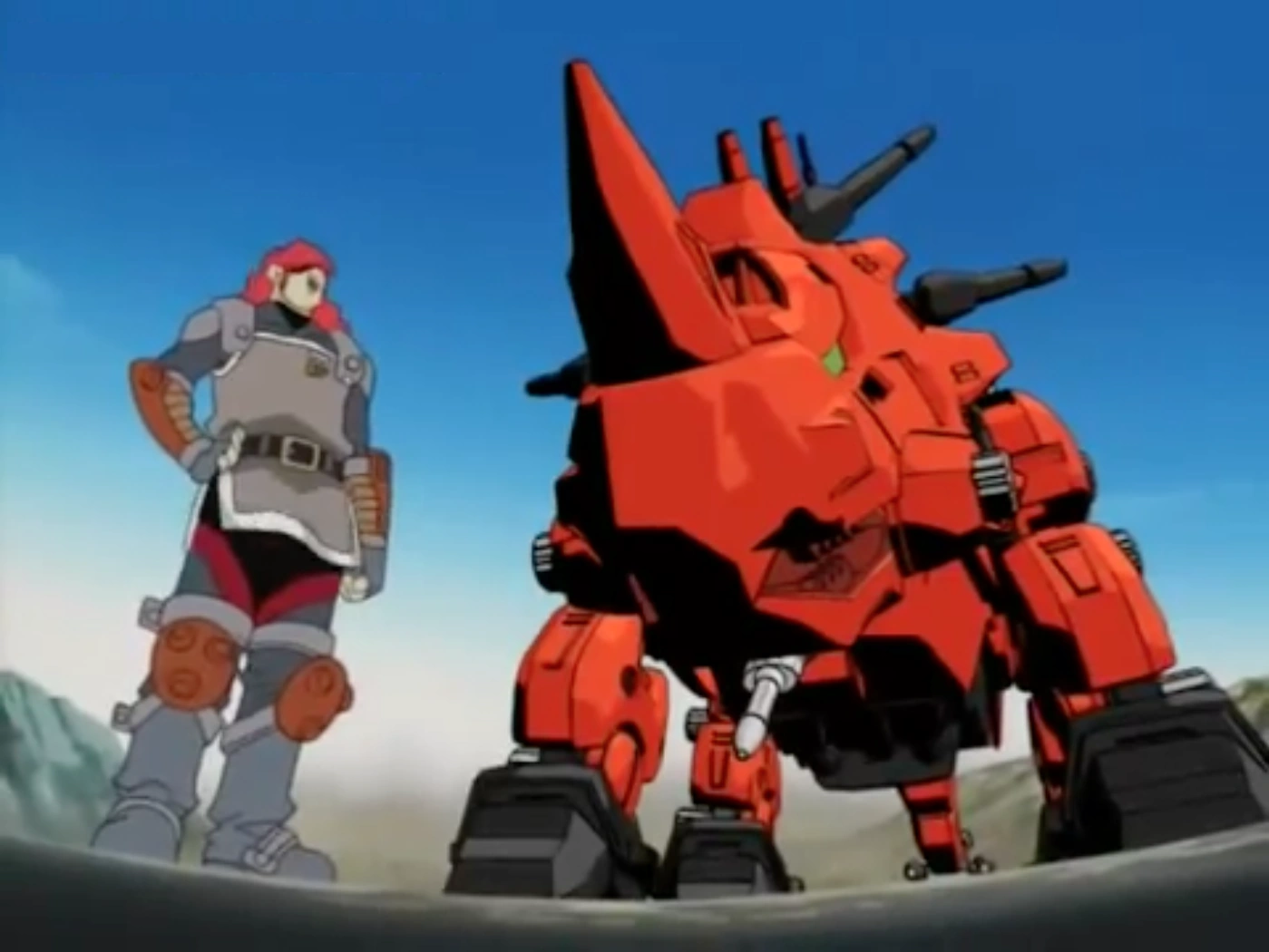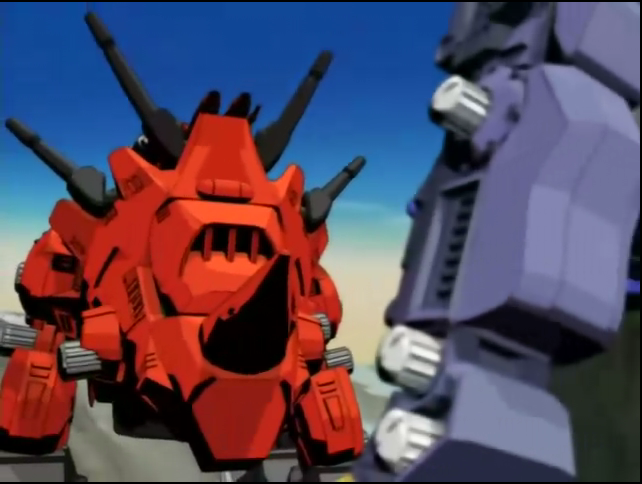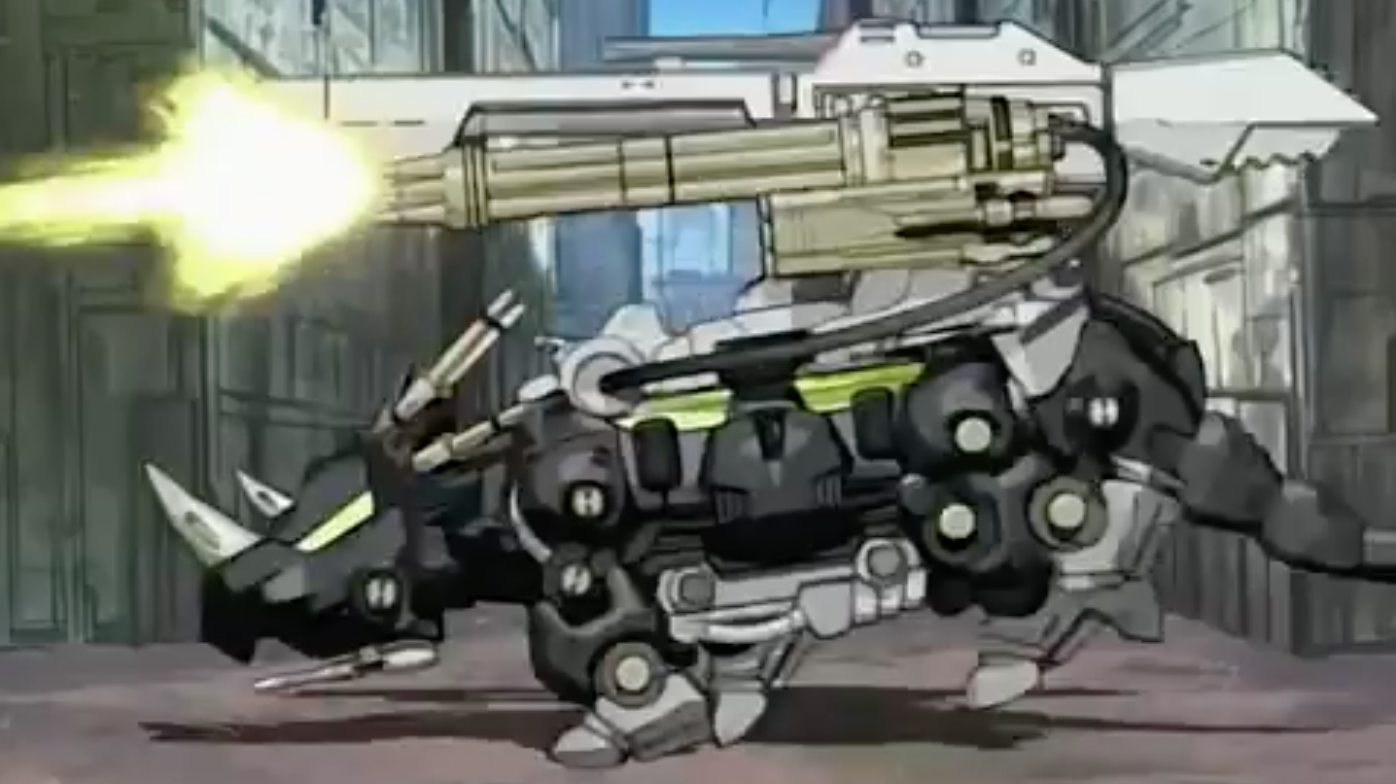As promised, here is the next post on the original Thundercats! I know it is overdue, but this has been a wild and wacky year for everyone. There were days when this blogger just could not find the time or the energy to write, which meant the posts she was supposed to write got shoved onto the back-burner.
But we are here now, so let’s celebrate! Today’s subject is Jaga the Wise, the mentor and surrogate father figure for Lion-O, the young Lord of the Thundercats. The court adviser and magician, Jaga was the only person outside of the royal family who could wield the Eye of Thundera and the Sword of Omens’ full power. It is never explained why this is so, but given how much magic he possessed, it does make some sense.
Of course, it is just as possible that Jaga was somehow related to the royal family. Though he is supposed to be based on the jaguar, to this blogger’s eye, Jaga has always had a more leonine appearance. Since he and the other Thundercats were of the nobility, and nobility regularly intermarries with royalty, this writer’s theory might have some weight. What makes her theory somewhat more plausible is when one considers the 2011 series, where Lion-O’s ancestor Leo was in love with a female panther. Thus intermarriage among the various upper echelons of Thunderan society only makes sense, from both a historical and a narrative position.
Regardless of how he was able to wield the Sword of Omens so effectively, the fact is that Jaga could do it. Even so, we only saw him wield the Sword in flashback; during the first episode – “Exodus” – Jaga has no visible weapon. We never see him physically engage with the Mutants, but since he was running around the ship, it seems safe to assume he did some fighting. He was certainly impressed that a twelve-year-old Lion-O could use the Sword after almost dropping it some minutes before vessel was attacked.
As the royal magician, it appears that Jaga was acting as regent for Lion-O when the final Thunderian refugee fleet fled the dying planet. He was the unquestioned commander of the flagship and he is the one who told the rest of the fleet to use evasive maneuvers. The fact that Panthro, Cheetara, and Tygra all answered to him without question only supports this idea.
Unfortunately, Jaga’s efforts to protect the Thunderian remnant traveling with Lion-O’s ship are not successful. As far as viewers can tell, the entire convoy is wiped out in a few minutes by the Mutants, who then board the lead vessel in an attempt to steal the Sword of Omens. They are repelled, of course, but they do enough damage that even Panthro cannot repair the ship to the point it can limp to the Thundercats’ original destination.
Neither can he make the ship do more than sputter in the direction of Third Earth. Jaga then demonstrates his wisdom by ordering the rest of the crew into the suspension capsules, so that they may live until they reach Third Earth. Due to his advanced years and the fact that the capsules only slow the aging process, not stop it, even if he were to use one himself Jaga will die by the time the ship lands. He says his good-byes to the rest of the crew, including a poignant farewell to his young king, then takes the helm as the others settle into hibernation.
Since this was the 1980s, the decade of Star Wars. While I do not have a problem with the Obi-Wan Kenobi effect per se, the fact that the writers made it so obvious for Jaga in “Exodus” does kind of tweak my desire for a more…original exit. That being said, it is not a bad send off for him, and it makes his subsequent ability to offer ghostly guidance more believable than it might be otherwise.
From this point on, Jaga only shows up as a spirit who winks in and out of view when he needs to impart moral advice to the young king. It is hard to tell if Lion-O is the only one who can see Jaga when he drops in, or if the other Thundercats can see him as well. Captain Shiner does not see him during the episode where the heroes first encounter the mercenary captain and Willa, leader of the Warrior Maidens, also does not seem to perceive Jaga’s ghost when she and Lion-O first meet. Though perhaps she did see him, and she just didn’t want to interrupt him. She never says anything that would let us make a definitive judgement either way, so that is left to conjecture.
After Lion-O “grows up” following the Anointment Trials, Jaga imparts moral advice a little less frequently than he used to. From that point onward he operates in the manner of a good court advisor and fatherly ghost, bringing Lion-O news of danger he would normally learn about too late to defend against. Though the young king and his former regent are temporarily reunited when Lion-O must rescue his mentor from a spirit dungeon, they never come into actual contact again during the rest of the series.
In many ways, the 2011 series did Jaga more favors than it did other Thundercats. He even had his position in the court firmly established this time around; the ambiguity around his original position is dispatched by the simple statement that he is the head of the clerics and, therefore, advisor to the Lord of the Thundercats. His super speed is a little hard for this writer to buy, but considering the writers nailed two out of three points, that qualifies as a minor annoyance that can be rectified with little trouble.
What has always been more annoying about the 2011 Jaga, for me, is the caste of clerics themselves. It is never stated just what their function in Thunderan society is. Are they religious clerics? Considering how Cheetara and, later, Wilykit offer moral guidance to Lion-O and the others, that seems to be the entire point of their existence. But we do not see them officiate a religious ceremony or attend to any other duty except to protect (or try to protect) the royal family.
If they were meant to be warrior or magician clerics, then that would have been a nice tidbit to learn. And it would not have taken the writers more than a couple of lines of dialogue or a few background scenes to clear that up. As it is, the most we see the clerics do is try to fight Mumm-Ra, only to die en masse in one enormous explosion. And why are they all blindingly fast, when there is only one Cheetah among them (that we can confirm, anyway)? In the original series, only Cheetahs could move with the speed the clerics demonstrate. So why do all the clerics, who are not of the same subspecies as Cheetara? If the answer is “magic,” that would have been nice to know while the series was on the air! Ugh….
Putting Jaga in charge of a group of warrior magician monks/nuns is not a bad idea. Not telling us what these magician monks/nuns are supposed to do, how they wield their magic (Cheetara specifically says some of Jaga’s magic flows through her – what?), and how they are all as fast as the speediest cat in the land IS bad. It leaves the entire system feeling slipshod and tacked on; if they had taken the time to explain what the heck the clerics were for and how they operated, it might have worked. As it is, to this blogger, it just felt like unnecessary baggage.
So while I can say that I liked the 2011 version of Jaga, I cannot say I enjoyed the manner in which they fit him into the universe. And that is not counting how they made him a ghost advisor to the young Lord of the Thundercats. Trapping his soul in a magic lamp to torture him into giving up information is not kosher, guys. Having the Lizards or the other Mutants kill him while Mumm-Ra gloats, only to be shocked when the Thunderan mage fades away – that would have worked much, much better.
But beggars can’t be choosers, right? Two out of three is not bad at all. For the most part, 2011 Jaga is a nice homage to the original 1980s character, and the writers deserve praise for that. He’s not perfect, but hey, neither is anyone else.
With luck, I will see you next week with a film review, readers. Until then: “Thunder…Thunder….
Thundercats, HO!”
The Mithril Guardian












.jpg&f=1&nofb=1)



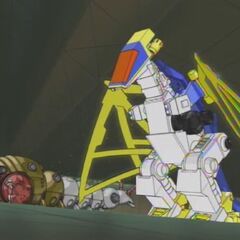

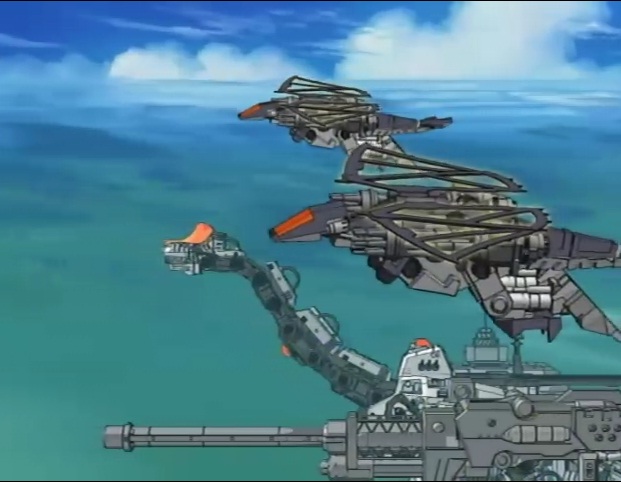
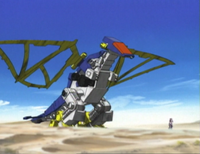
![Thundercats [Animales fuera de serie] – PixFans](https://proxy.duckduckgo.com/iu/?u=http%3A%2F%2Fimg.pixfans.com%2F2011%2F02%2Fthunderkittens.jpg&f=1&nofb=1)

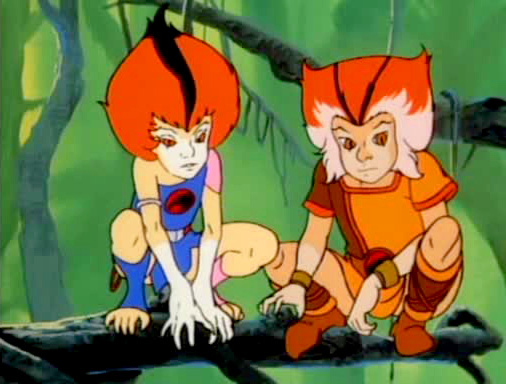



















 Earlier this year, I posted
Earlier this year, I posted 





